Delvis (Un)Limited turns a Brera shopfront into a live-in design installation
What happens when collectible design becomes part of a live performance? The Theatre of Things, curated by Joseph Grima and Valentina Ciuffi, invited designers to live with their work – and let the public look in
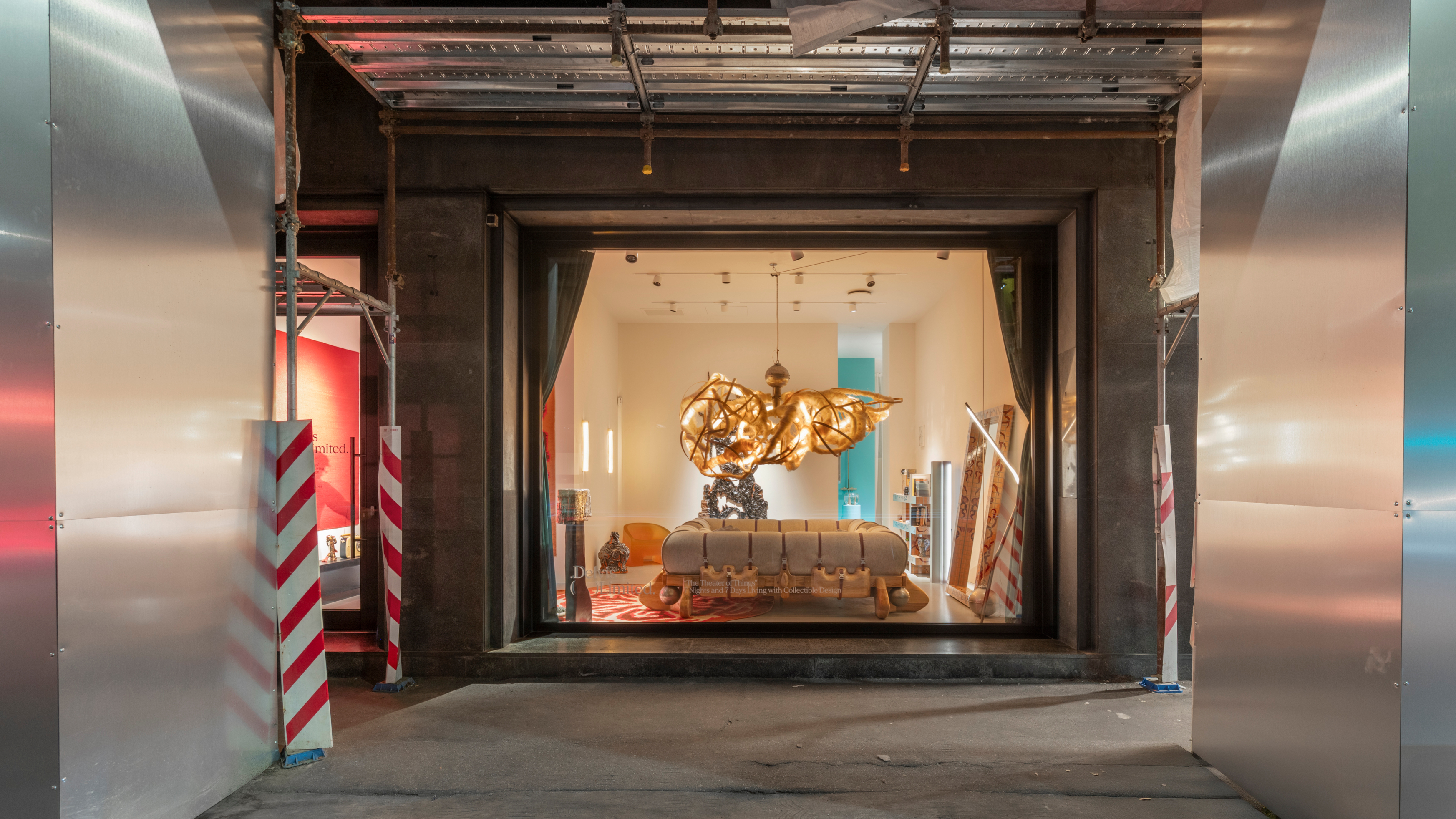
On the island of Elba in the late 1970s, architect and artist Gianni Pettena began building a house that never quite ended. La Mia Casa all’Elba was not a static structure but a slow, unfolding composition of pavilions, paths and walls – shaped as much by the landscape as by any design. It grew over decades, guided by intuition, local materials, and a shifting cast of occupants – an open-ended experiment in living and making.
It’s this spirit of improvisation and blurred boundaries that curator Joseph Grima and longtime collaborator Valentina Ciuffi wanted to capture in ‘The Theatre of Things’, the pair’s new exhibition hosted by Milanese gallery Delvis (Un)limited. Part collectible design showcase, part performance, the show is what the curators describe as 'an experiment in living with design'.
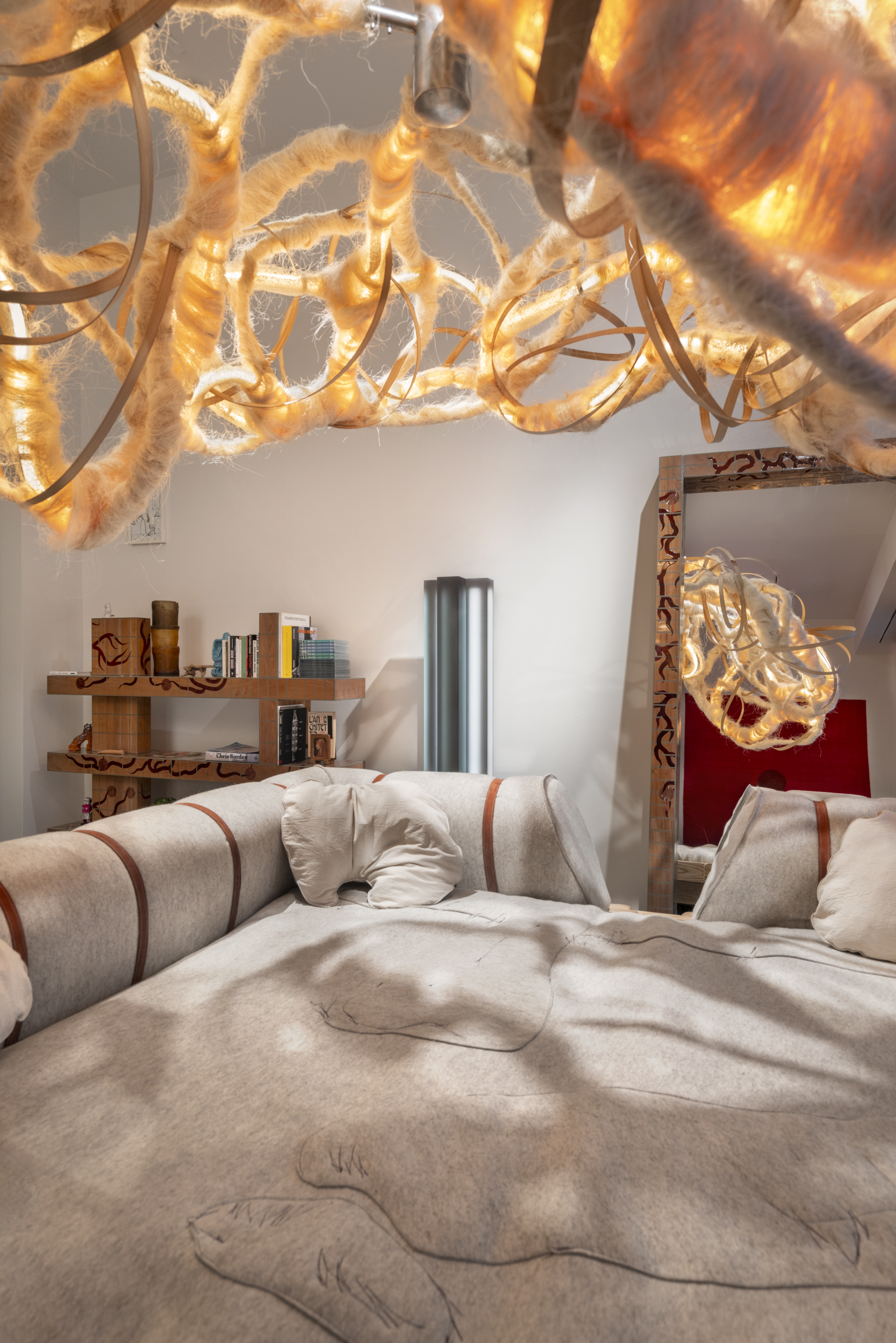
An upholstered bed, canopied by a twisting chandelier made from loofah fibres—both by Belgian collective Espace Aygo—sat at the centre of the space.
From 7 to 12 April 2025, it transformed a storefront in Milan’s Brera district into a domestic stage furnished with pieces by seven designers handpicked by Grima and Ciuffi – the duo behind Alcova, the smash hit show of recent Milan Design Weeks, now in its seventh year. The collaboration with Delvis (Un)limited gave them a rare opportunity to bring what they describe as a ‘crazy’ idea to life, featuring new works by designers Objects of Common Interest (whose Greek marble Alcova installation we have also explored), Linde Freya Tangelder, Espace Aygo, Rich Aybar, Laurids Gallée, Stefania Ruggiero, and Niki Danai.
Each day, a different designer spent the night in the space, visible to passersby through the large street-facing windows. In the morning, a journalist, critic, or curator arrived to wake them with coffee, sparking an informal conversation about the overnight experience. If Giorgini’s island retreat was a place for ideas to drift and settle, then The Theatre of Things offered a stage where design was not just displayed but inhabited – briefly, intimately, and under observation.
On the morning Wallpaper* visited, Eleni Petaloti and Leonidas Trampoukis of New York and Athens-based Objects of Common Interest reflected on the experience over coffee in bed with the curators and design journalist Max Fraser. They reported a peaceful night, unbothered by the onlookers, and spoke about the power of collecting and living with pieces that 'tell a story' about who we are. The bed, by Belgian collective Espace Aygo, sat in the centre of the room in full view of the window. Overhead hung a large, nest-like chandelier made from loofah fibres, also by Espace Aygo, which can be raised and lowered to create a cocoon-like effect. Cast rubber chairs, vessels, and lamps by Rich Aybar added to the soft, pliable atmosphere, while a cherry wood shelf by Laurids Gallèe housed art and design tomes, alongside DVDs of Sex and the City.

A cast rubber ‘Slug’ chair by Rich Aybar sits beside a cherry wood shelf featuring intricate vine motifs, designed by Rotterdam-based Austrian designer Laurids Gallée
Valentina Ciuffi on ‘The Theatre of Things’
The exhibition text notes that the show reflects on ‘collectible design’s position between artistic endeavour and conversation piece, questioning the very meaning of home.’ So what kinds of reflections did it make possible? We caught up with curator Valentina Ciuffi to find out what emerged during the week.
Wallpaper*: In a week of chaos and big-brand gestures, ‘The Theatre of Things’ felt like a place for reflection and intimate conversation. Was that your intention?
Wallpaper* Newsletter
Receive our daily digest of inspiration, escapism and design stories from around the world direct to your inbox.
Valentina Ciuffi: During Design Week, I’m usually running around like crazy between events, meetings, and everything that ‘needs to be seen’. But this year, ‘The Theatre of Things’ gave me a kind of morning rhythm I couldn’t resist. I was originally supposed to attend just one talk, and instead I ended up being there almost every day. It became an essential moment to start the day – a day that would then unfold in a hectic rush, often filled with quick, superficial conversations, which is typical of Milan Design Week, where there’s always the pressure of making it to the next thing on time. I’d say it was a good side effect of what we had hoped might happen
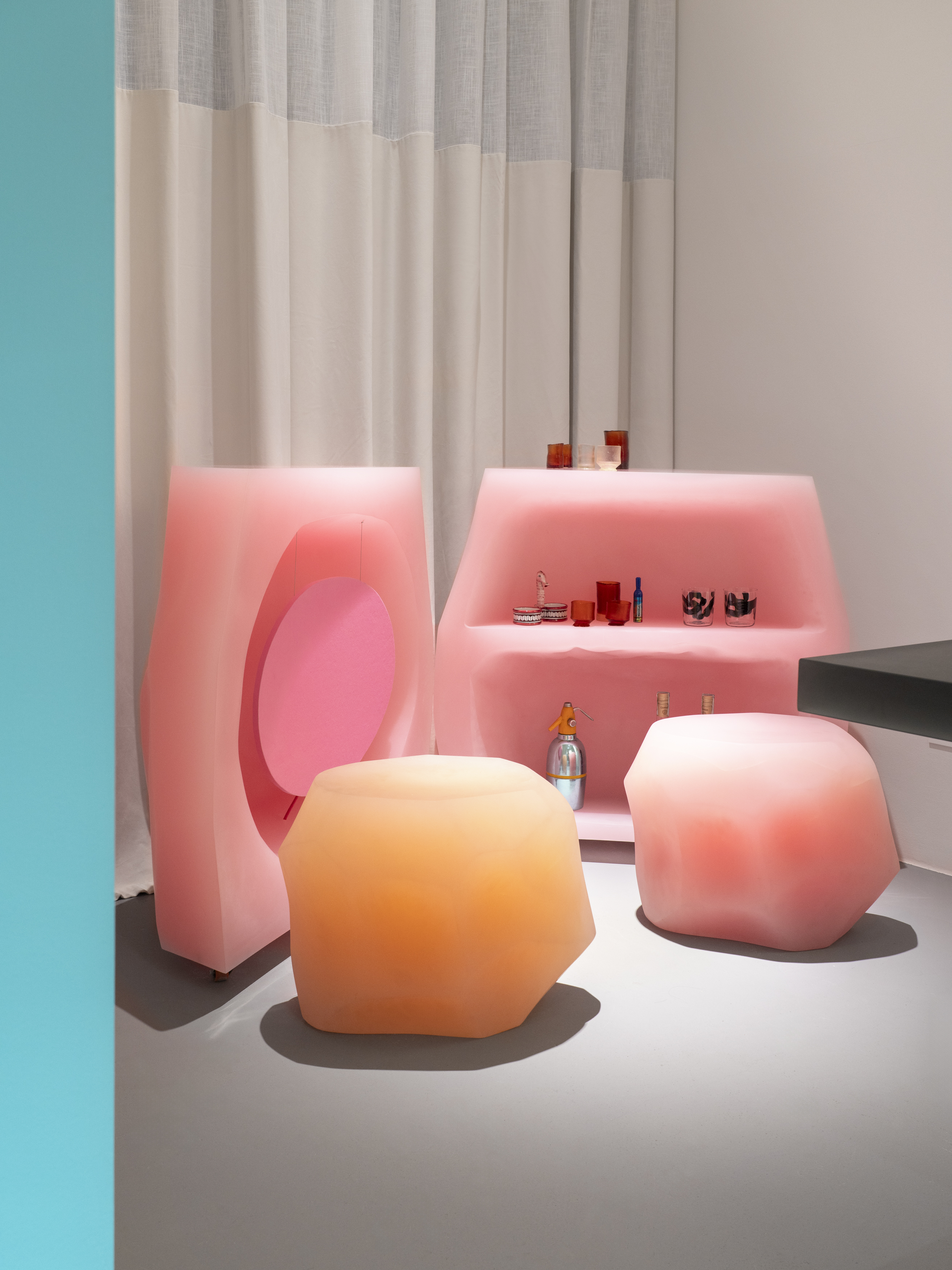
New York- and Athens-based studio Objects of Common Interest contributed the ‘Lithos III’ stools and 'Holy Mountain' – a bubblegum-pink cabinet bar with a built-in speaker playing a live audio feed from the Amazon rainforest
W*: How did the conversations unfold across the week?
VC: The conversations I joined were very diverse: some were light and playful, almost among friends – since many of the participants already knew each other – while others were more in-depth, with journalists who were well prepared and willing to reflect on the theme. A theme which, after all, has very broad boundaries.
W*: What were you hoping to explore by placing designers in a space with their own work?
VC: The initial idea was that collectable design could transform the domestic space into a stage. Choosing to furnish your home with conversation pieces effectively turns it into a narrative device. And this time, we took a meta-approach: we put that narrative device on display and observed what happened. We watched how the creatives – those who had actually designed the pieces – reacted to being ‘on stage’ alongside their objects, and how observers, critics, and design journalists inserted themselves into this spontaneous performance. I’d say it worked.
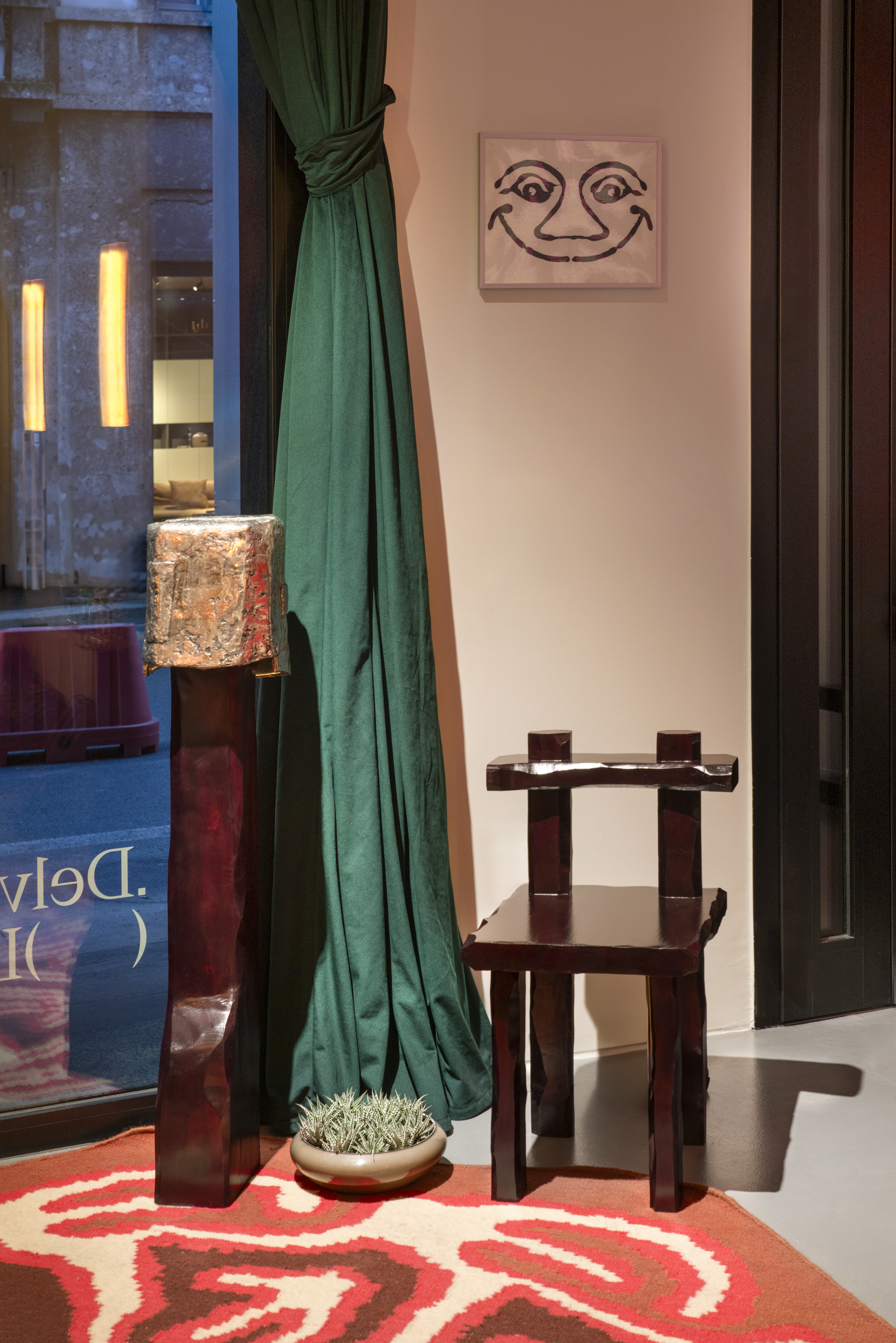
‘Layer over Layer’, a cast white bronze floor light by Dutch artist and designer Linde Freya Tangelder, stands sentry beside her ‘Sculpting Archetypes’ dining chair. Underfoot, the ‘Bonfire’ rug by Milanese artist Stefania Ruggiero adds texture and warmth
W*: How did the unique characteristics of the space influence the exhibition?
VC: The experiment made the most of the nature of a space – one that’s quite different from those I’ve been working in recently. This space is smaller in scale, but it’s all windows onto the centre of Milan – it’s part of the city as it moves, pauses, is surprised, and maybe even finds time to reflect during its regular working days. In fact, the exhibition will stay open for quite a while.
W*: Do you see this experiment continuing in any way?
VC: I won’t repeat this exact experiment within Delvis (Un)Limited, as I’ll be curating the gallery’s programme for a full year, and I’m very intrigued by the opportunity to present new and different projects for this space. But the experiment isn’t over! The show will remain open [through] July, and we’ll be inviting people – friends, journalists – to sleep in this storefront space. I already did, just after Design Week ended. So no, we don’t believe the reflections around this project are finished. T
he Theatre of Things will run at Via Fatebenefratelli 9, 20121 Milan until 1 August 2025. delvisunlimited.it

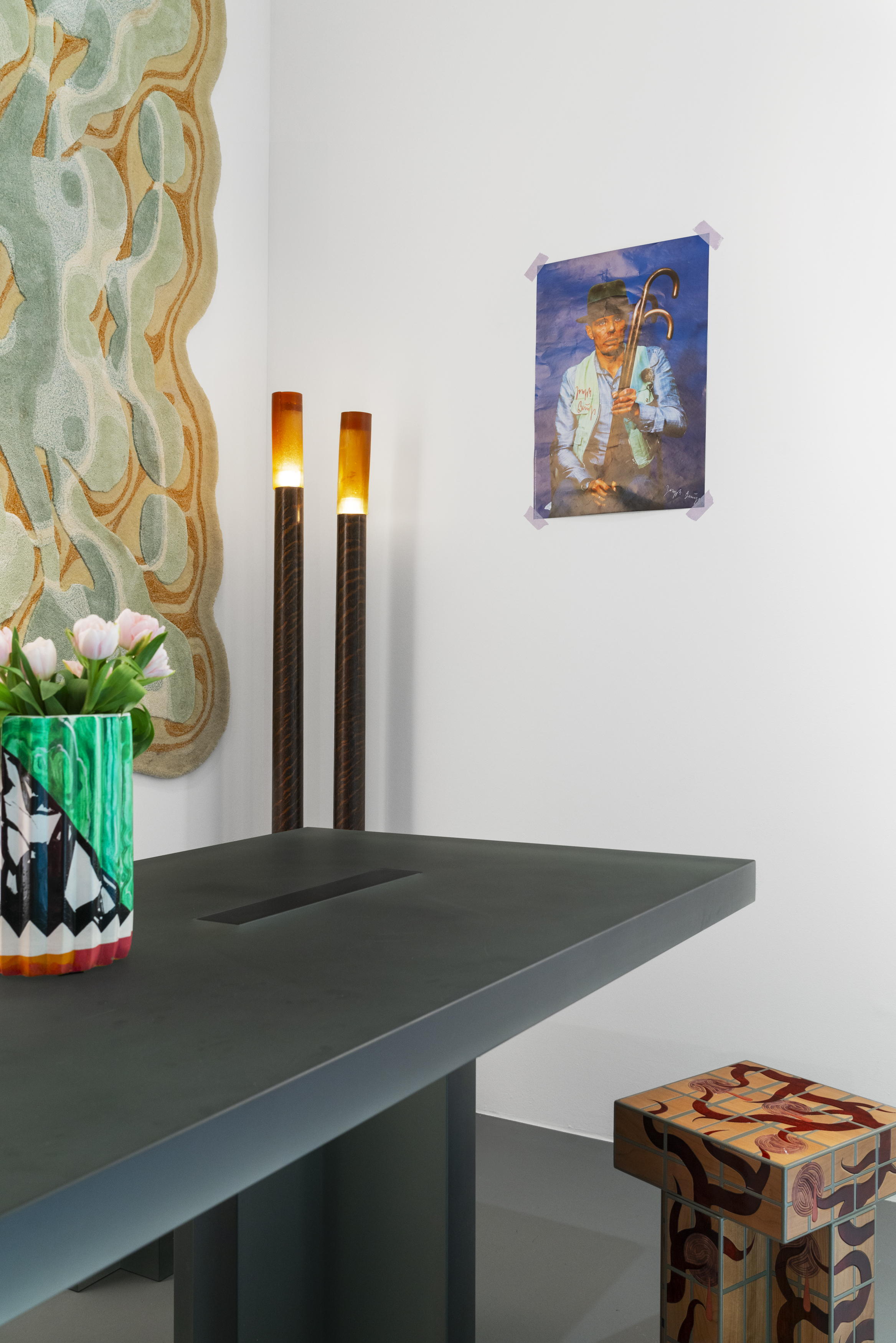
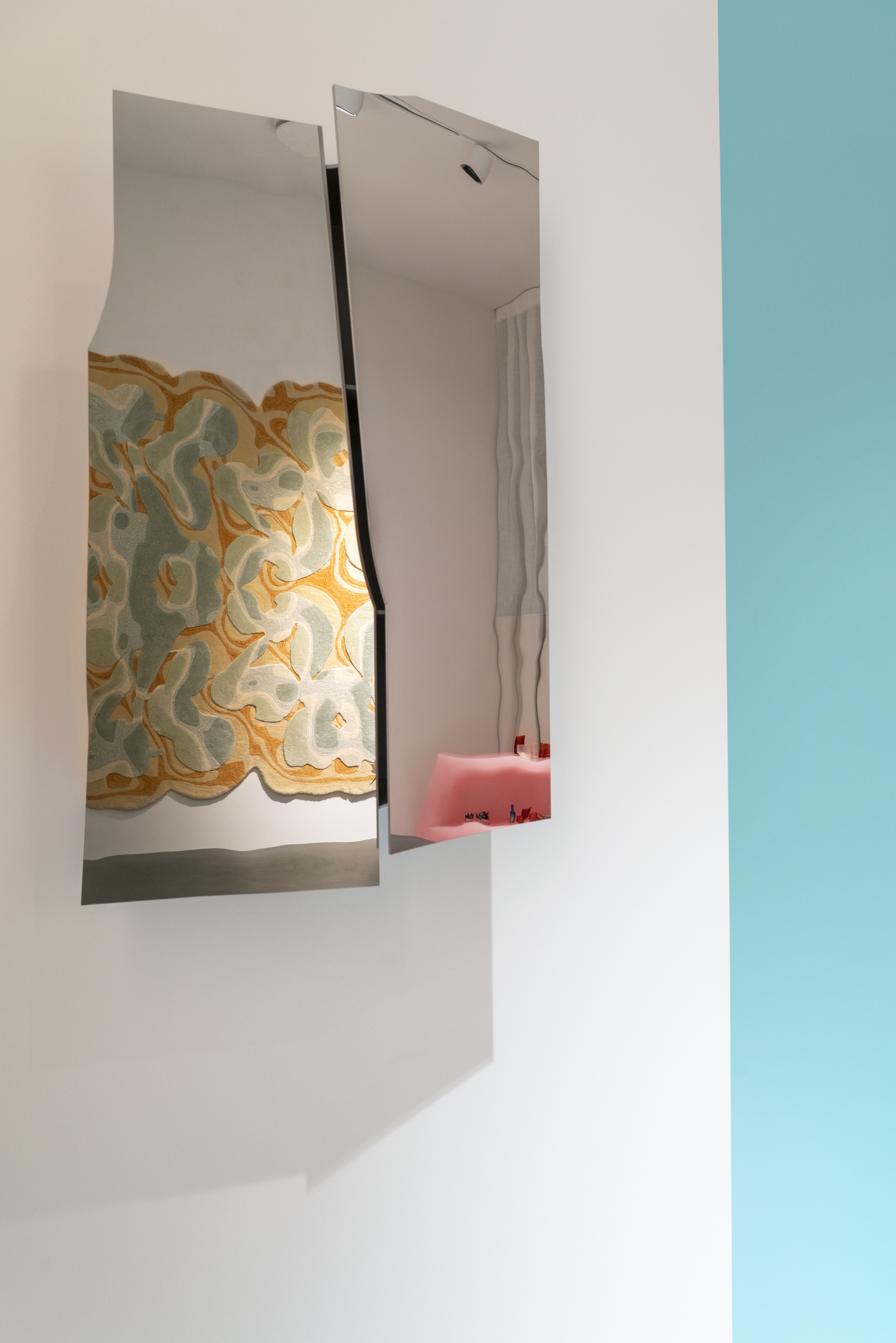

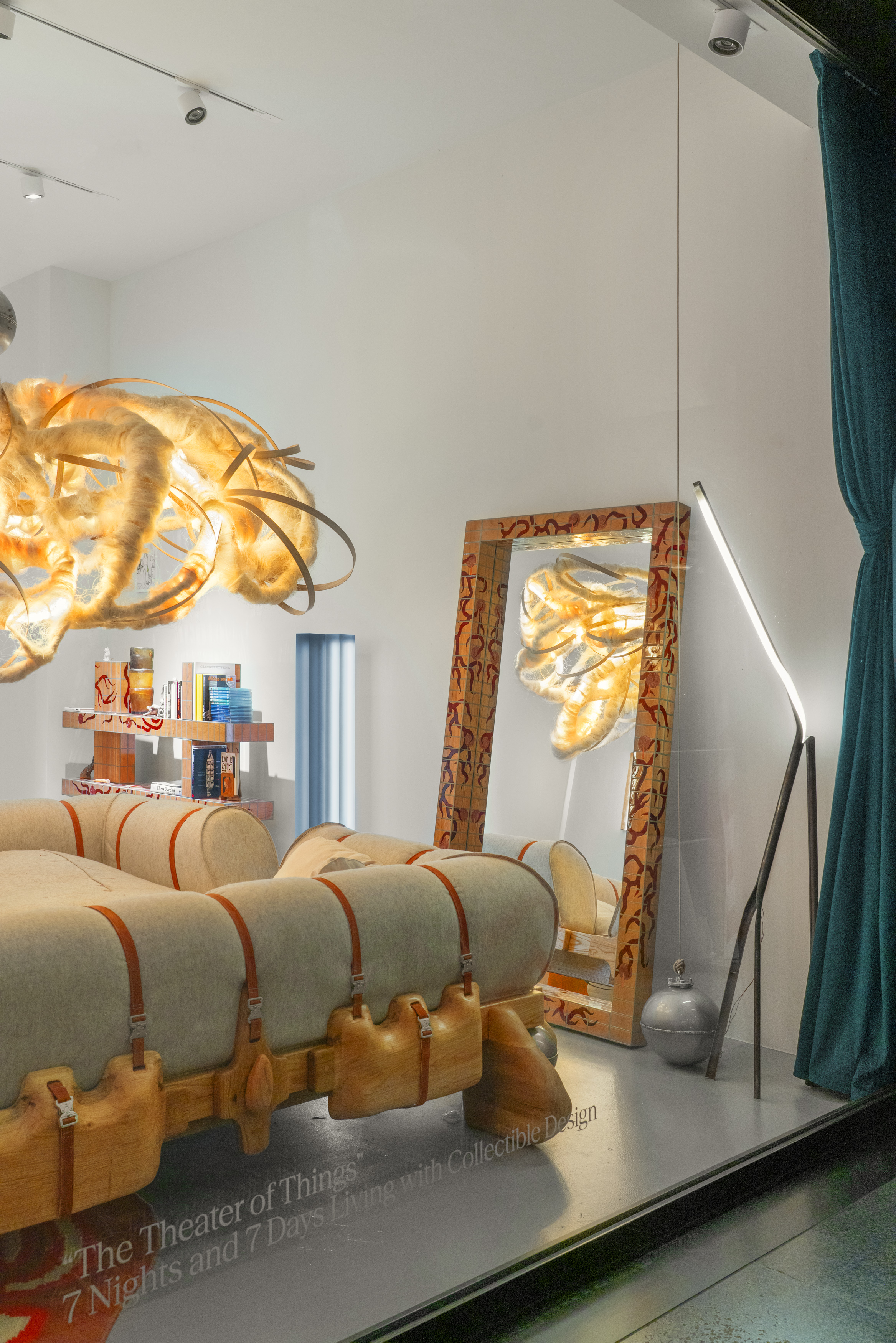
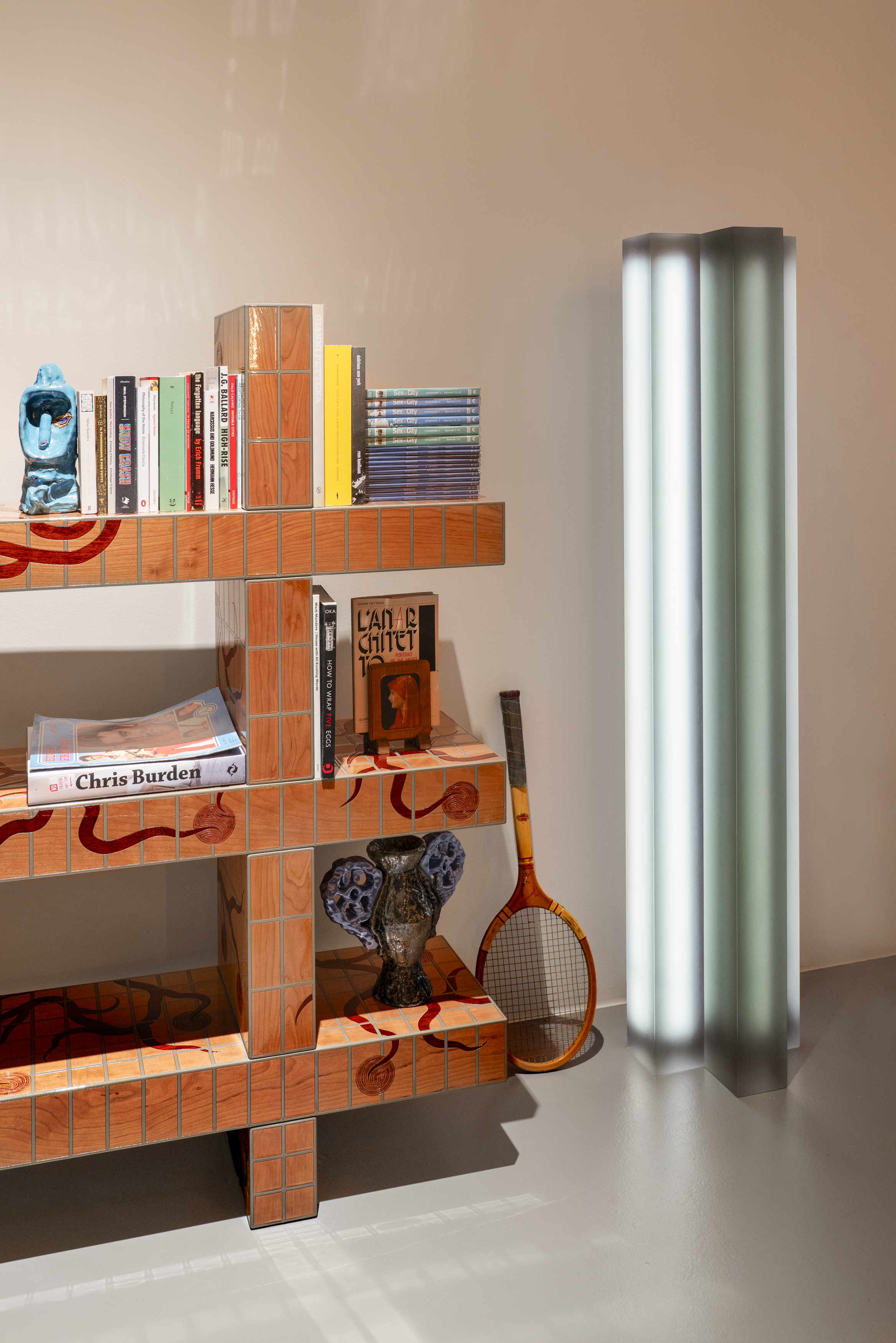
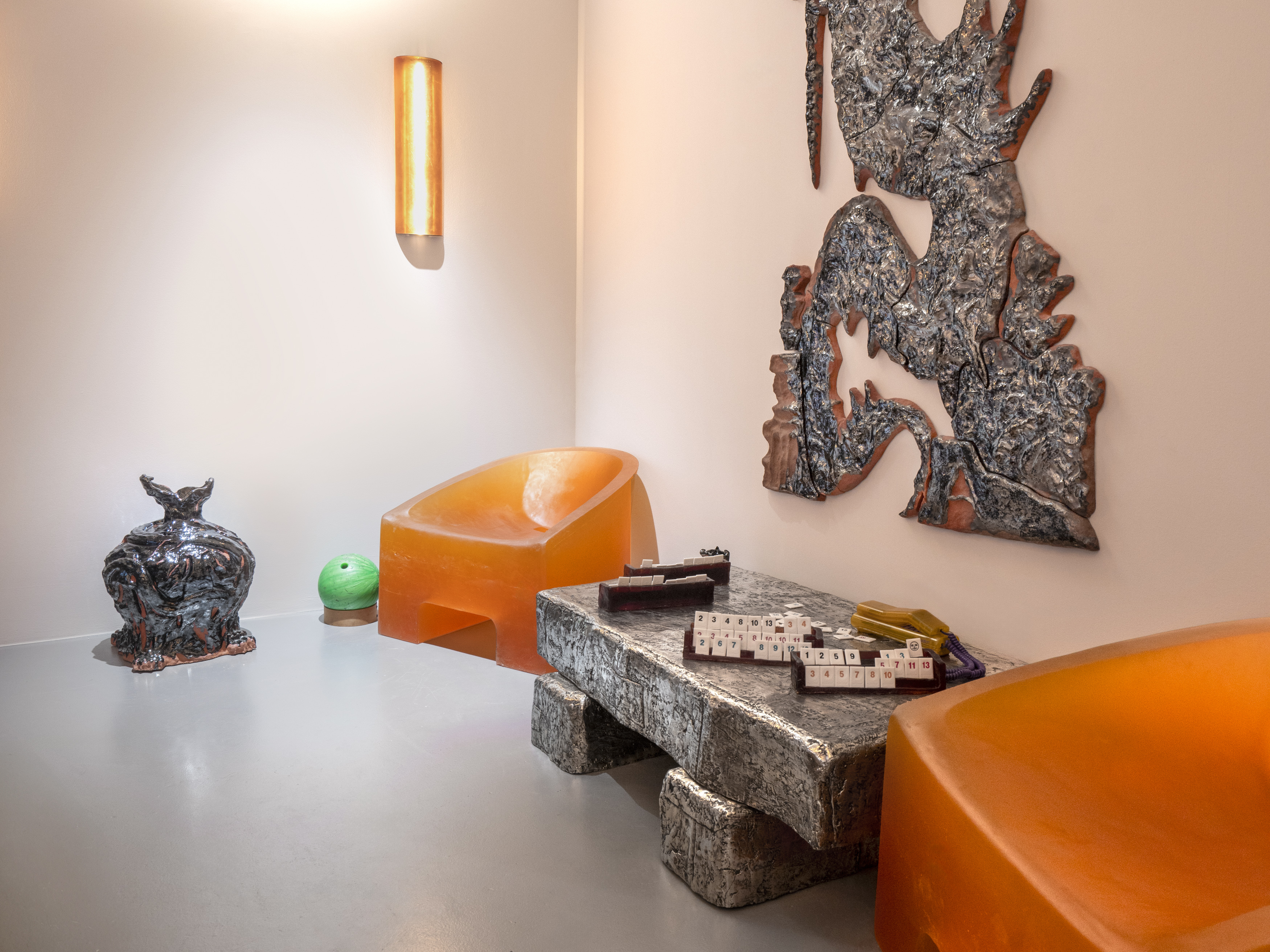
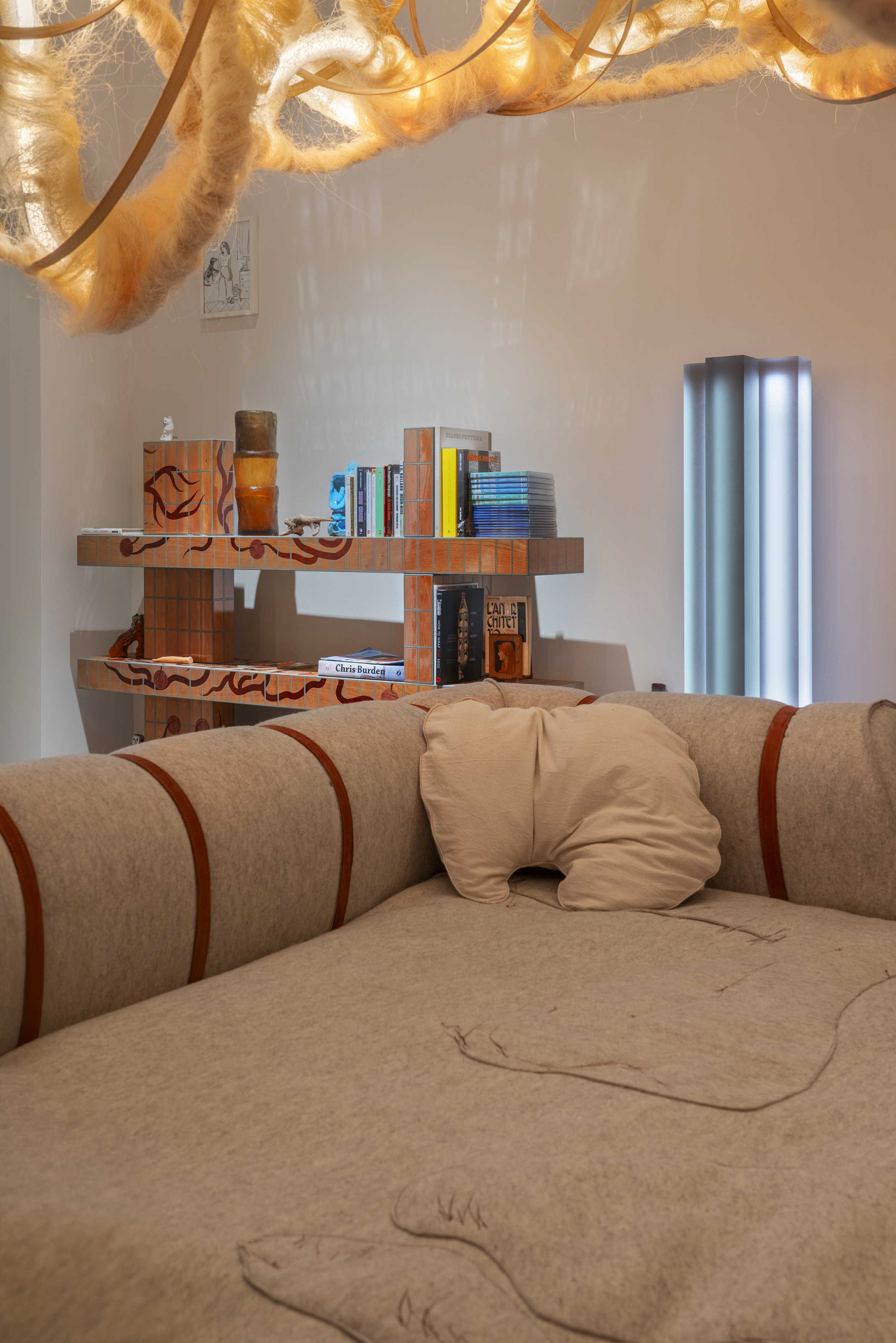
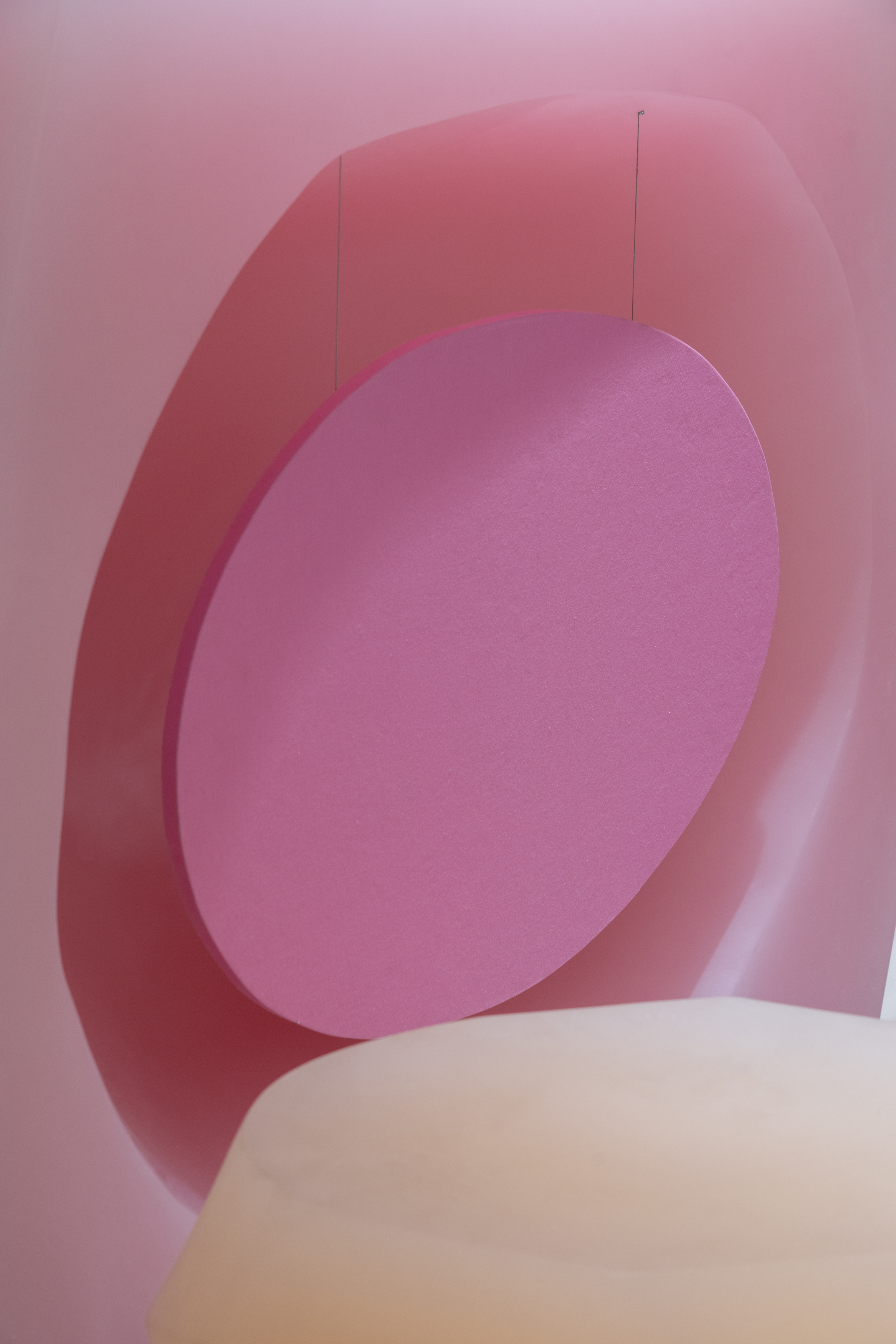
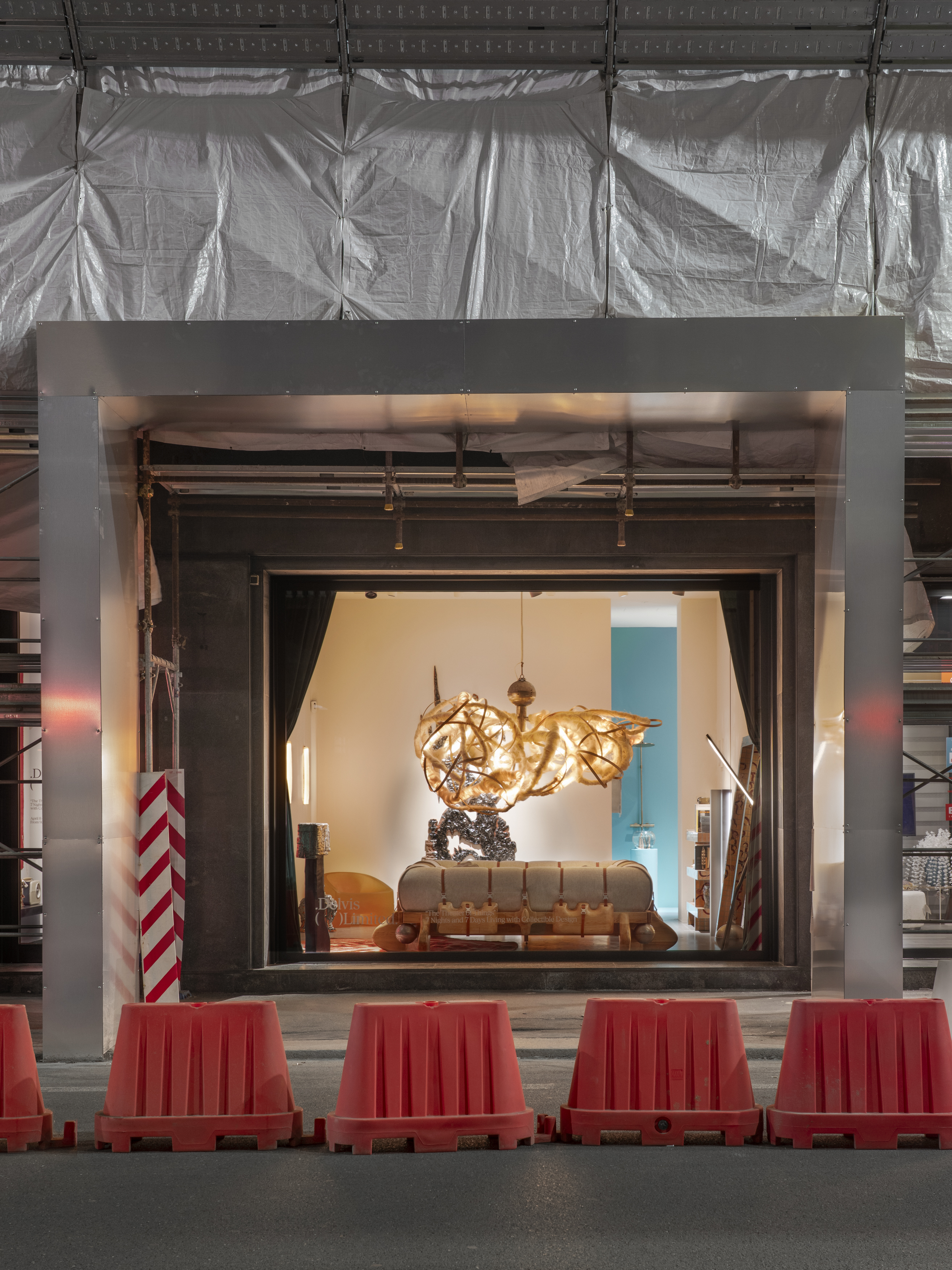
Ali Morris is a UK-based editor, writer and creative consultant specialising in design, interiors and architecture. In her 16 years as a design writer, Ali has travelled the world, crafting articles about creative projects, products, places and people for titles such as Dezeen, Wallpaper* and Kinfolk.
-
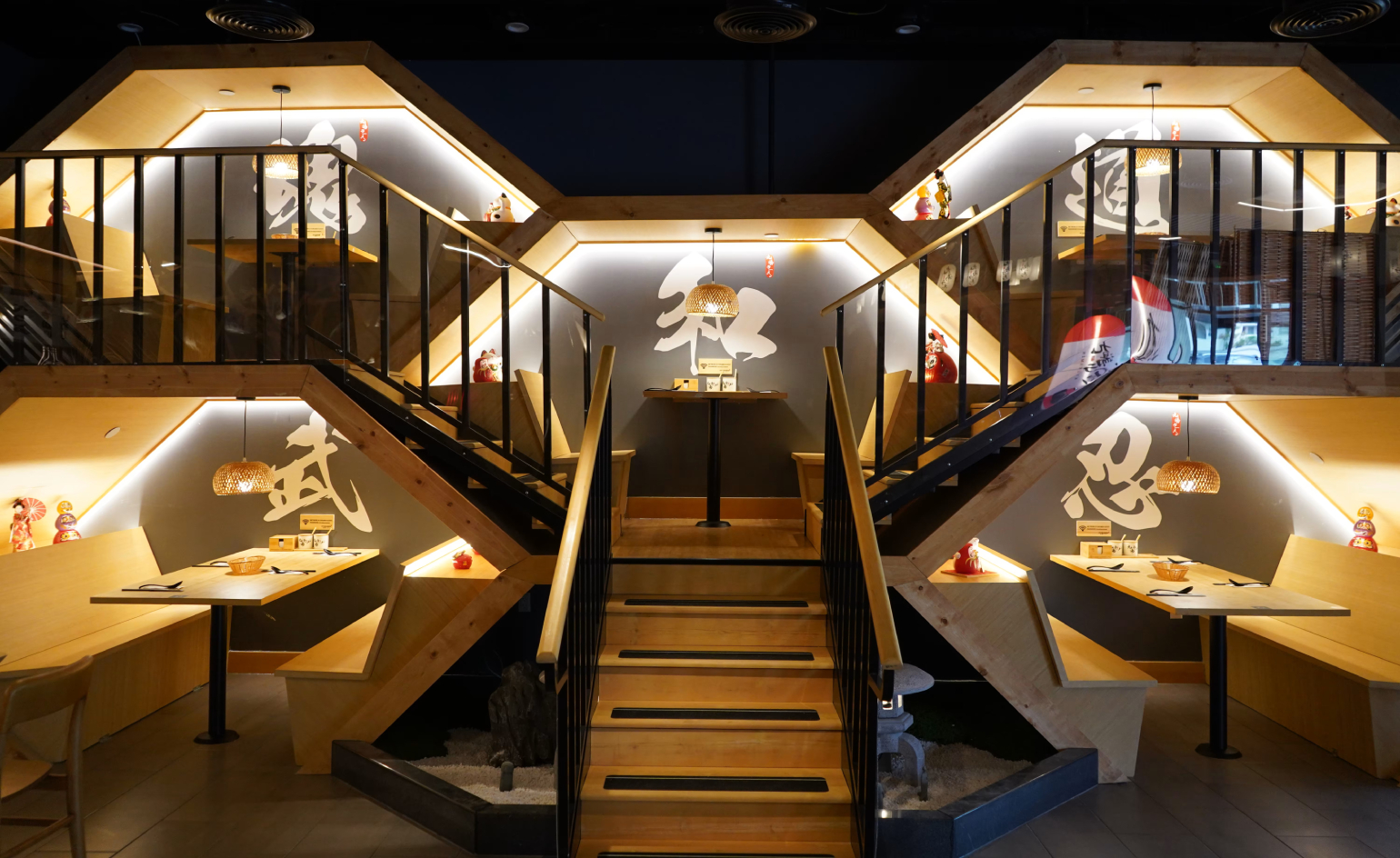 With glowing honeycomb-shaped booths, this futuristic Japanese restaurant is ramen heaven
With glowing honeycomb-shaped booths, this futuristic Japanese restaurant is ramen heavenAfter a successful U.S. expansion, Kyuramen touches down in Los Angeles.
By Carole Dixon
-
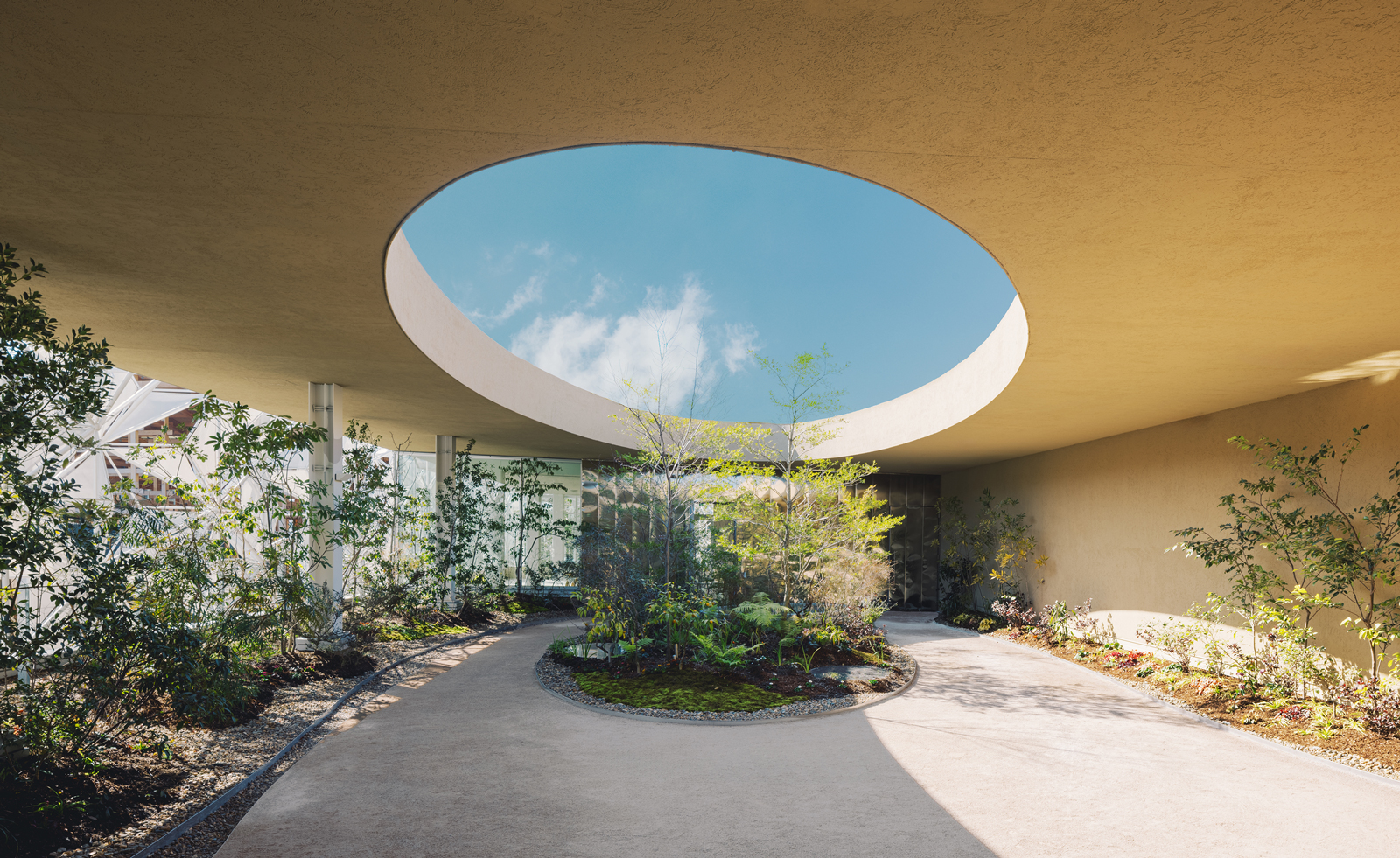 Women's stories are at the heart of the Cartier Women's Pavilion at Osaka Expo 2025
Women's stories are at the heart of the Cartier Women's Pavilion at Osaka Expo 2025Japanese architect Yuko Nagayama and British artist Es Devlin are behind the architecture for the Cartier Women's Pavilion
By Danielle Demetriou
-
 A Sussex beach house boldly reimagines its seaside typology
A Sussex beach house boldly reimagines its seaside typologyA bold and uncompromising Sussex beach house reconfigures the vernacular to maximise coastal views but maintain privacy
By Jonathan Bell
-
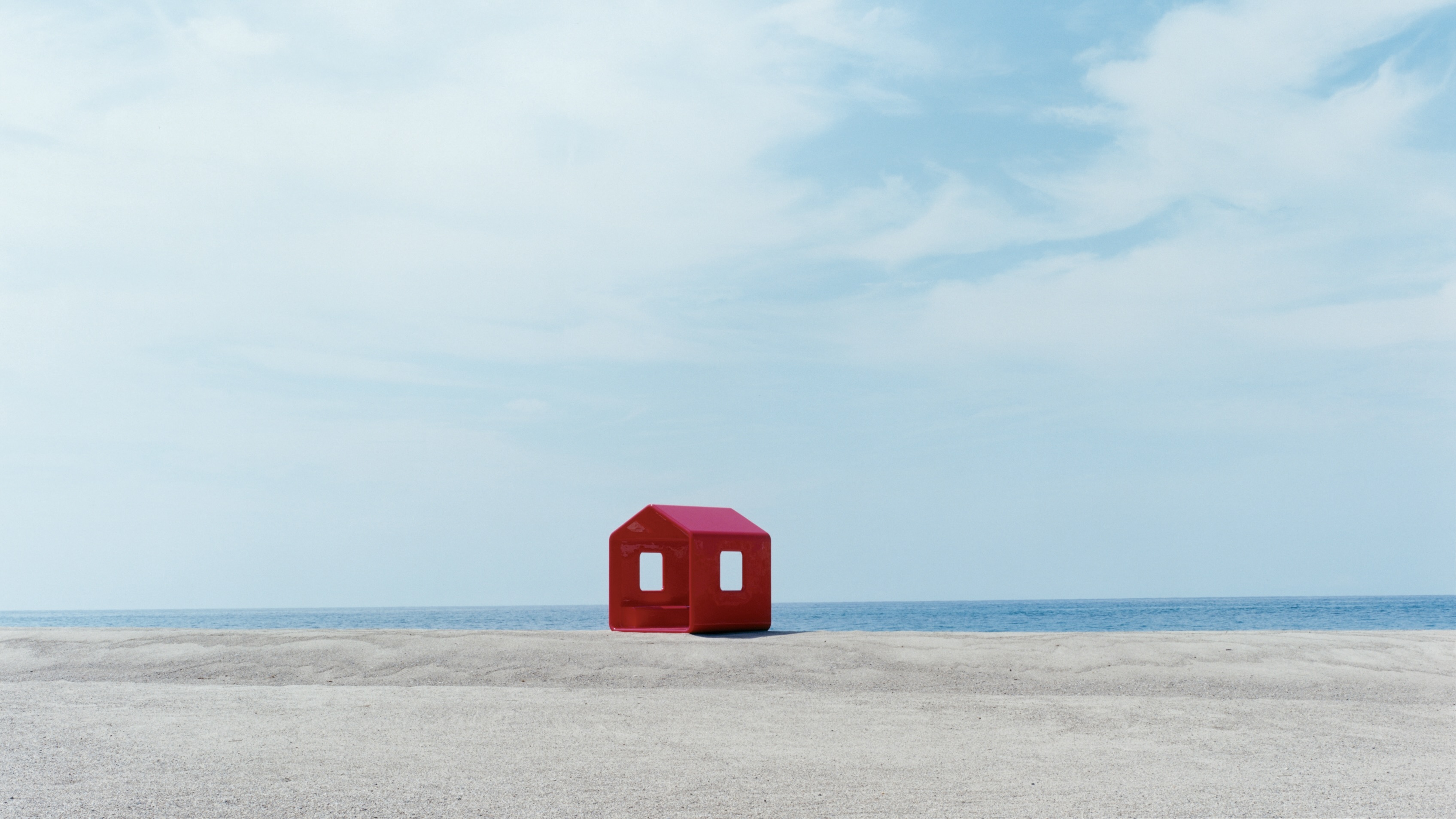 Naoto Fukasawa sparks children’s imaginations with play sculptures
Naoto Fukasawa sparks children’s imaginations with play sculpturesThe Japanese designer creates an intuitive series of bold play sculptures, designed to spark children’s desire to play without thinking
By Danielle Demetriou
-
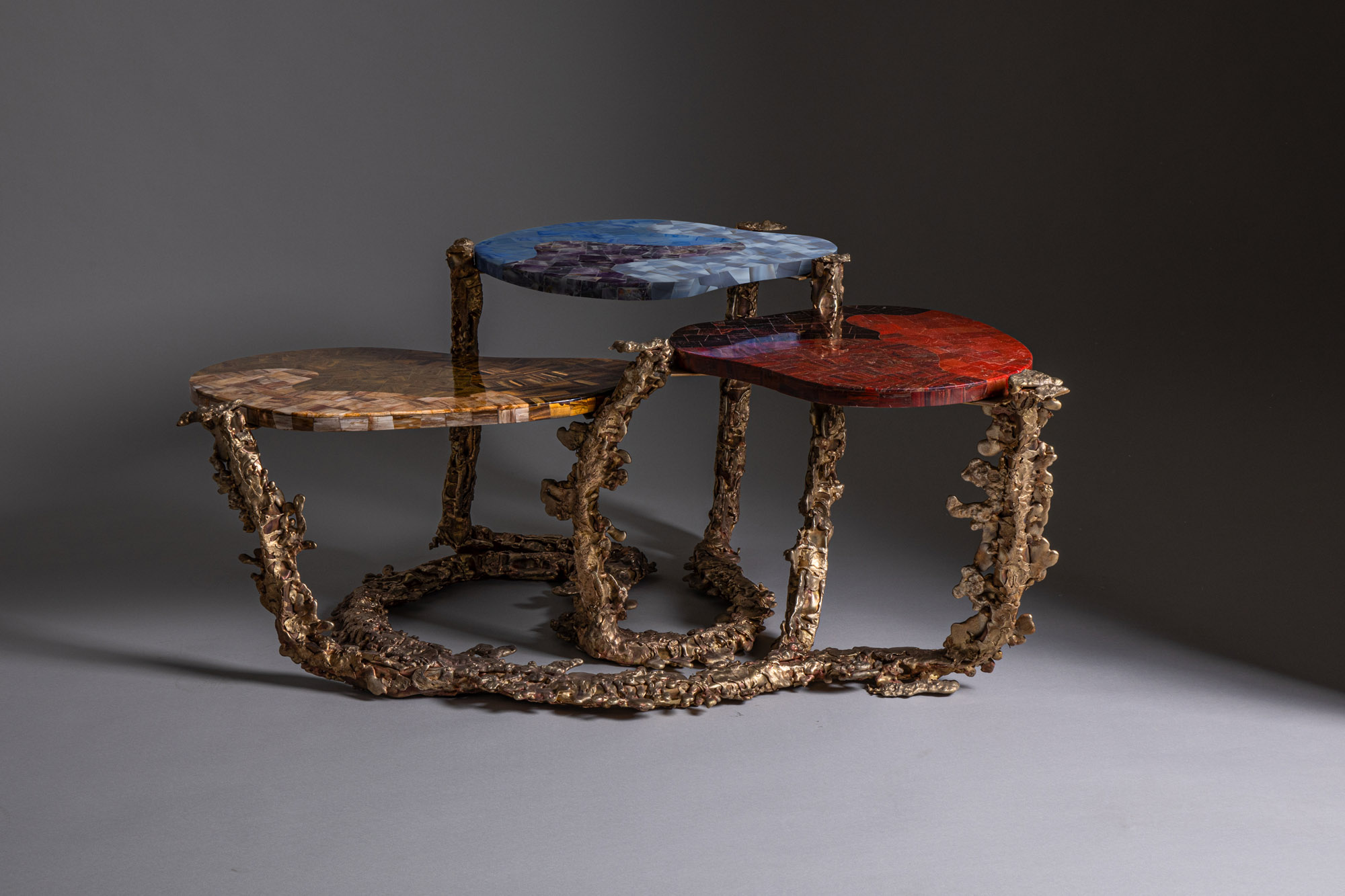 Inside the Shakti Design Residency, taking Indian craftsmanship to Alcova 2025
Inside the Shakti Design Residency, taking Indian craftsmanship to Alcova 2025The new initiative pairs emerging talents with some of India’s most prestigious ateliers, resulting in intricately crafted designs, as seen at Alcova 2025 in Milan
By Henrietta Thompson
-
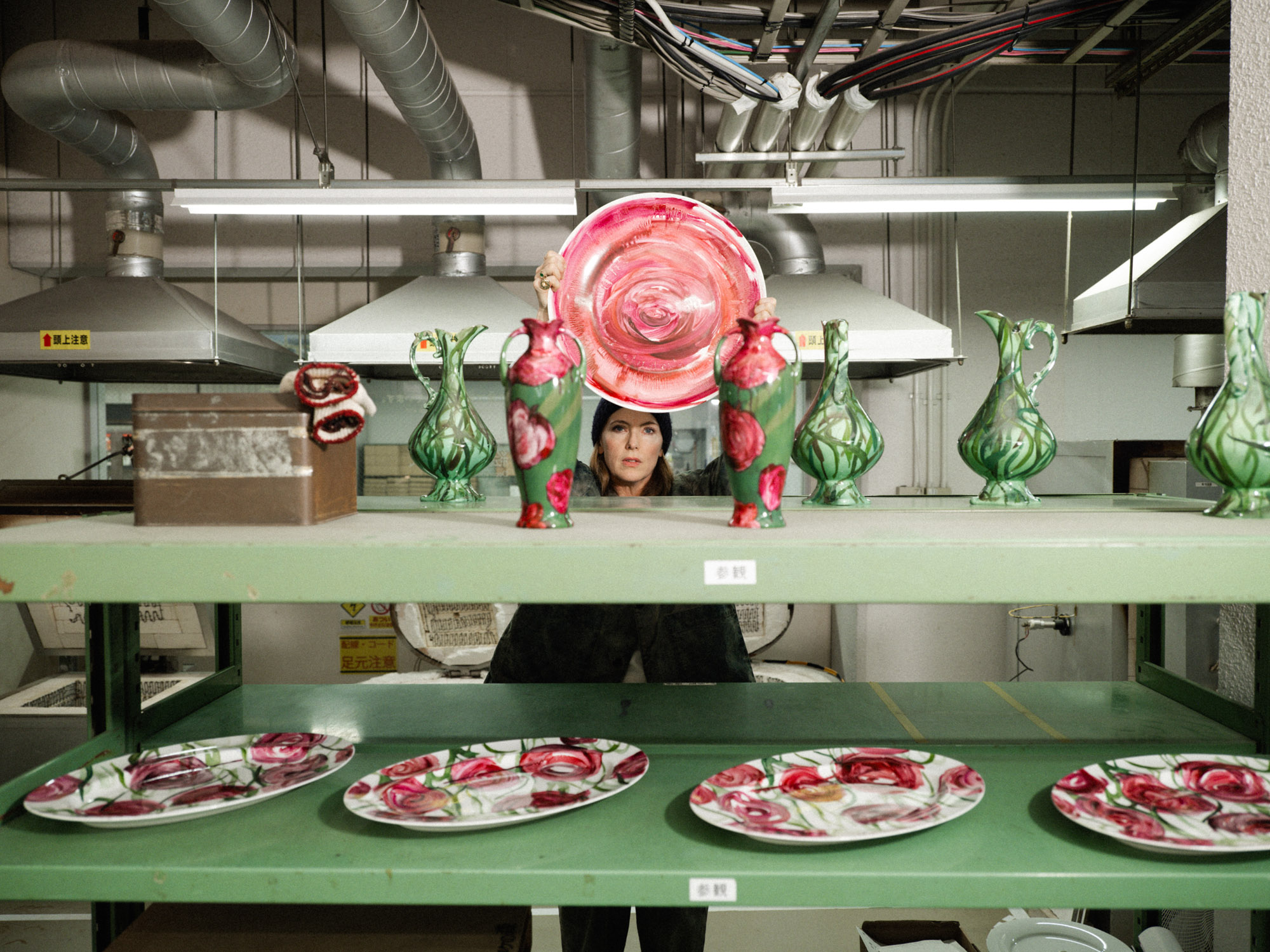 Faye Toogood comes up roses at Milan Design Week 2025
Faye Toogood comes up roses at Milan Design Week 2025Japanese ceramics specialist Noritake’s design collection blossoms with a bold floral series by Faye Toogood
By Danielle Demetriou
-
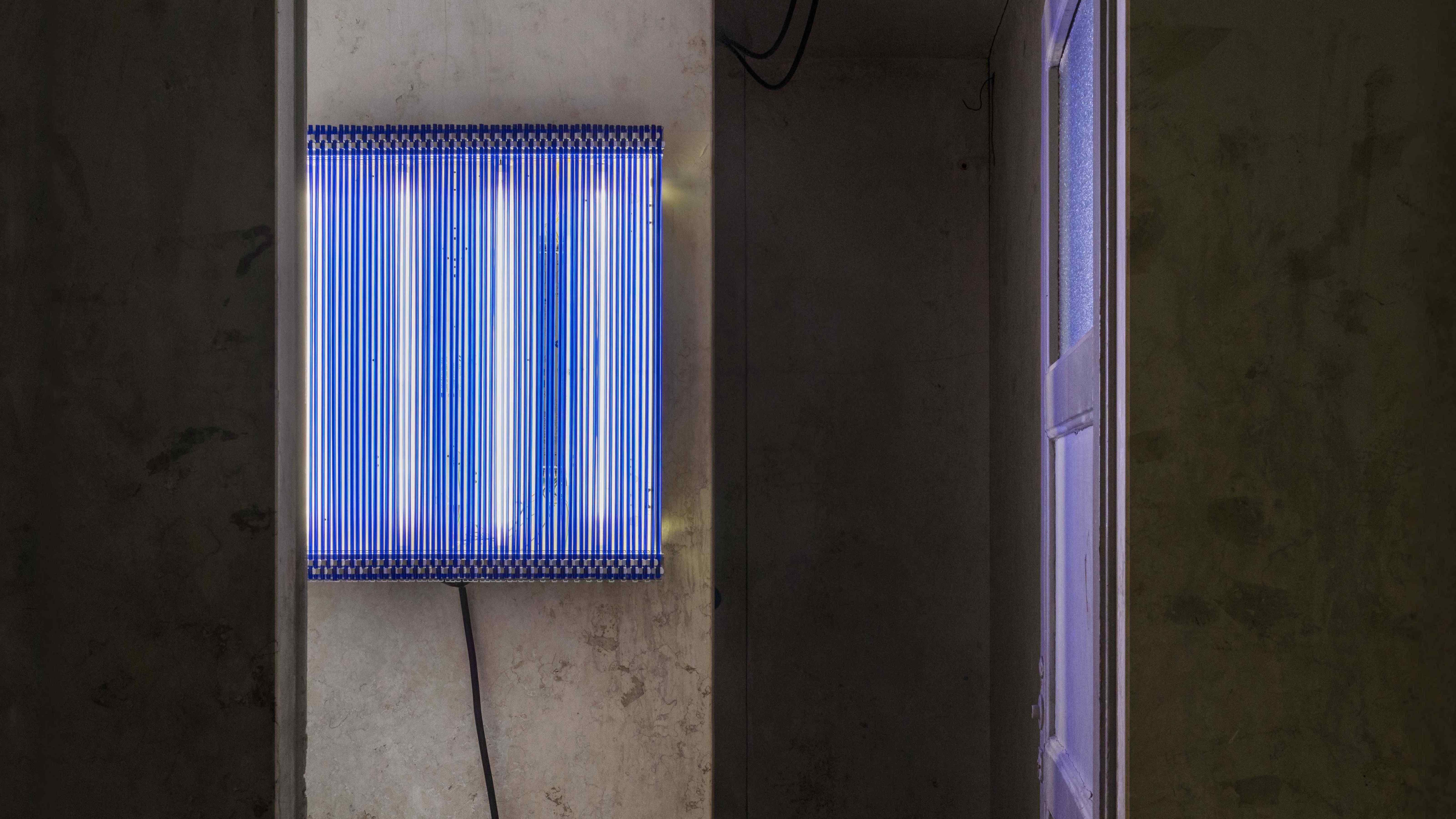 6:AM create a spellbinding Murano glass showcase in Milan’s abandoned public shower stalls
6:AM create a spellbinding Murano glass showcase in Milan’s abandoned public shower stallsWith its first solo exhibition, ‘Two-Fold Silence’, 6:AM unveils an enchanting Murano glass installation beneath Piscina Cozzi
By Ali Morris
-
 Dimoremilano and Loro Piana channel 1970s cinema in decadent Milan display
Dimoremilano and Loro Piana channel 1970s cinema in decadent Milan displayAt Milan Design Week 2025, Dimorestudio has directed and staged an immersive, film-inspired installation to present new furniture and decor for Loro Piana
By Dan Howarth
-
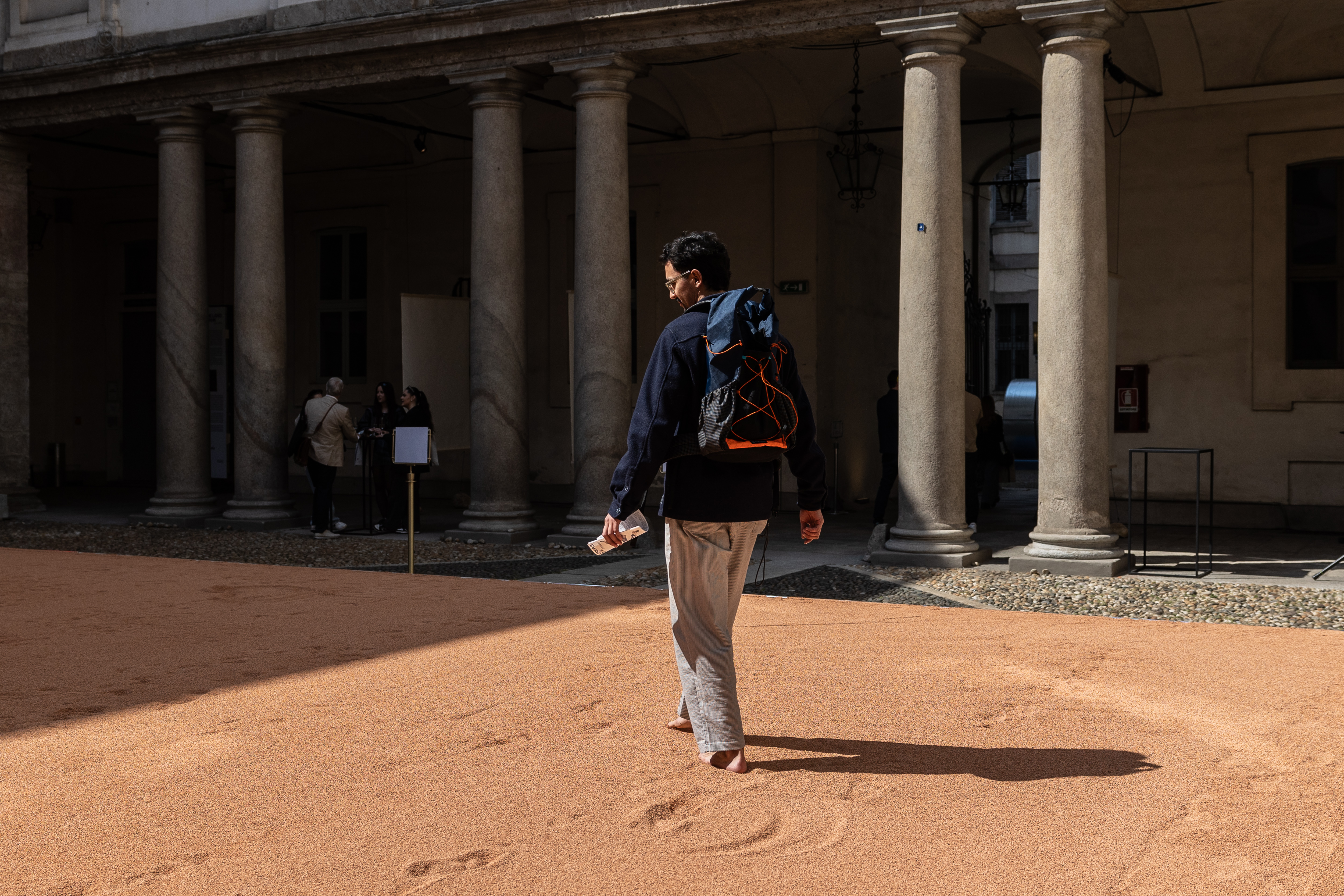 In Milan, MoscaPartners presents a poetic exploration of ‘migration’
In Milan, MoscaPartners presents a poetic exploration of ‘migration’Alongside immersive work by Byoung Cho, MoscaPartners’ Milan Design Week 2025 display features an accessible exhibition path designed for visually impaired visitors
By Cristina Kiran Piotti
-
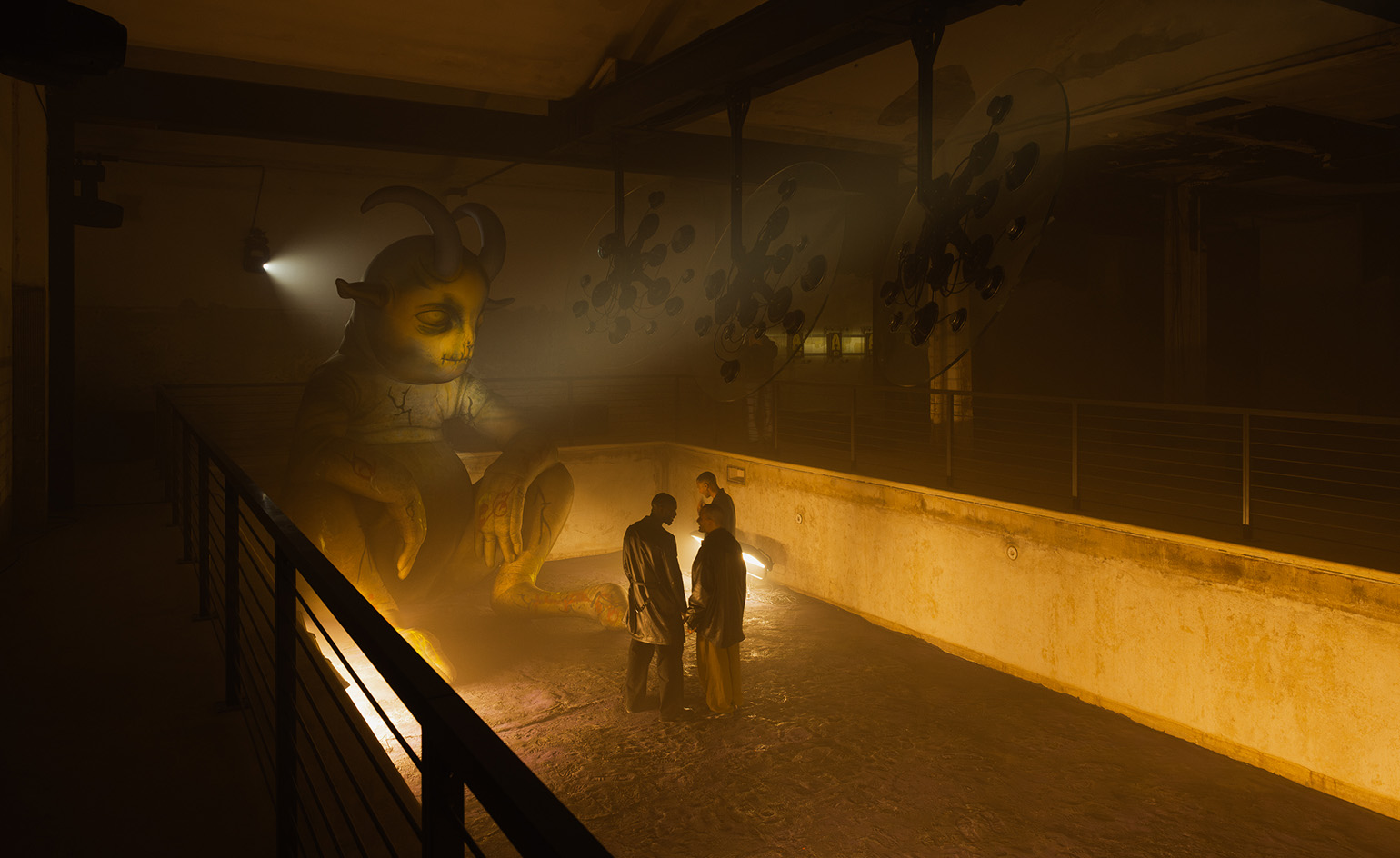 The making of PAN and Nike’s euphoric, club-inspired collaboration at Milan Design Week
The making of PAN and Nike’s euphoric, club-inspired collaboration at Milan Design WeekAlongside a new Air Max 180 release, ‘The Suspended Hour’ display sees Berlin record label PAN imagine the unfolding of a club night, from dusk until dawn
By Craig McLean
-
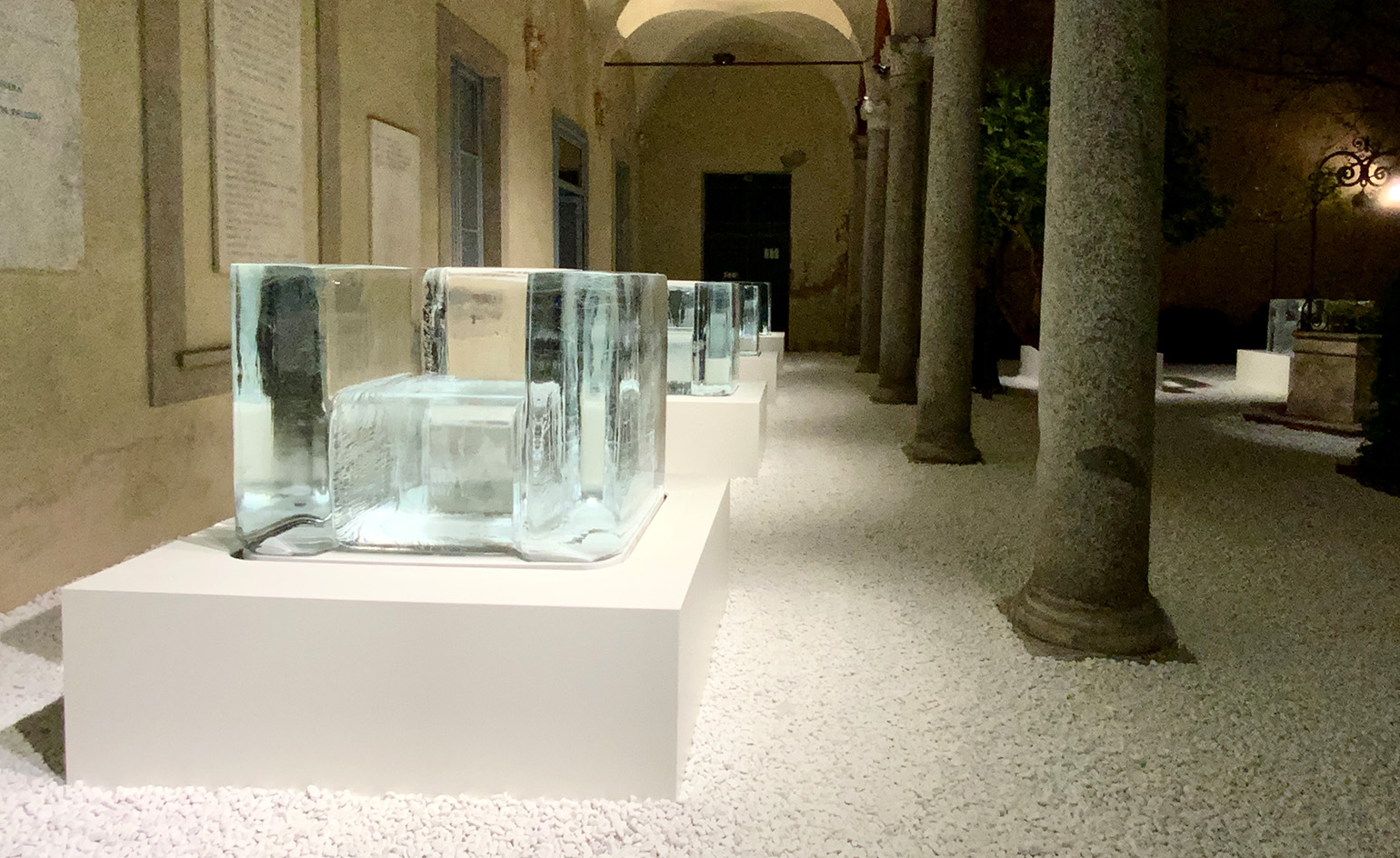 Tokujin Yoshioka’s ephemeral ice furniture is made to melt in Milan
Tokujin Yoshioka’s ephemeral ice furniture is made to melt in MilanTransparent chairs of frozen water slowly disappear during Milan Design Week 2025, in an expression of light by Japanese artist Tokujin Yoshioka
By Danielle Demetriou